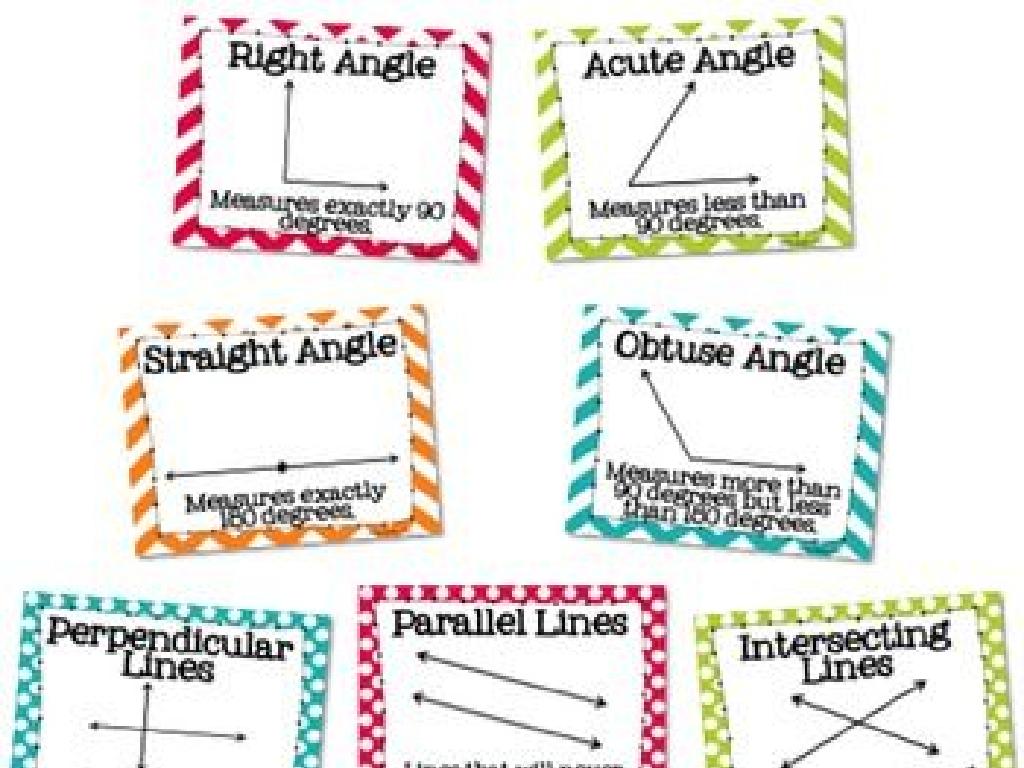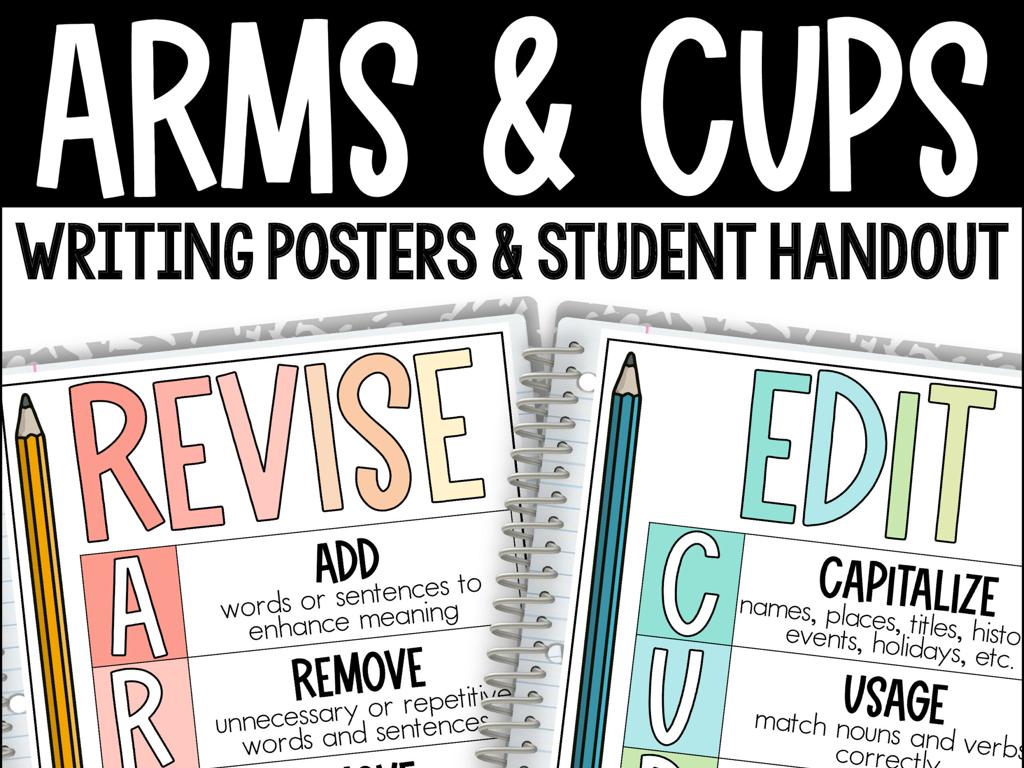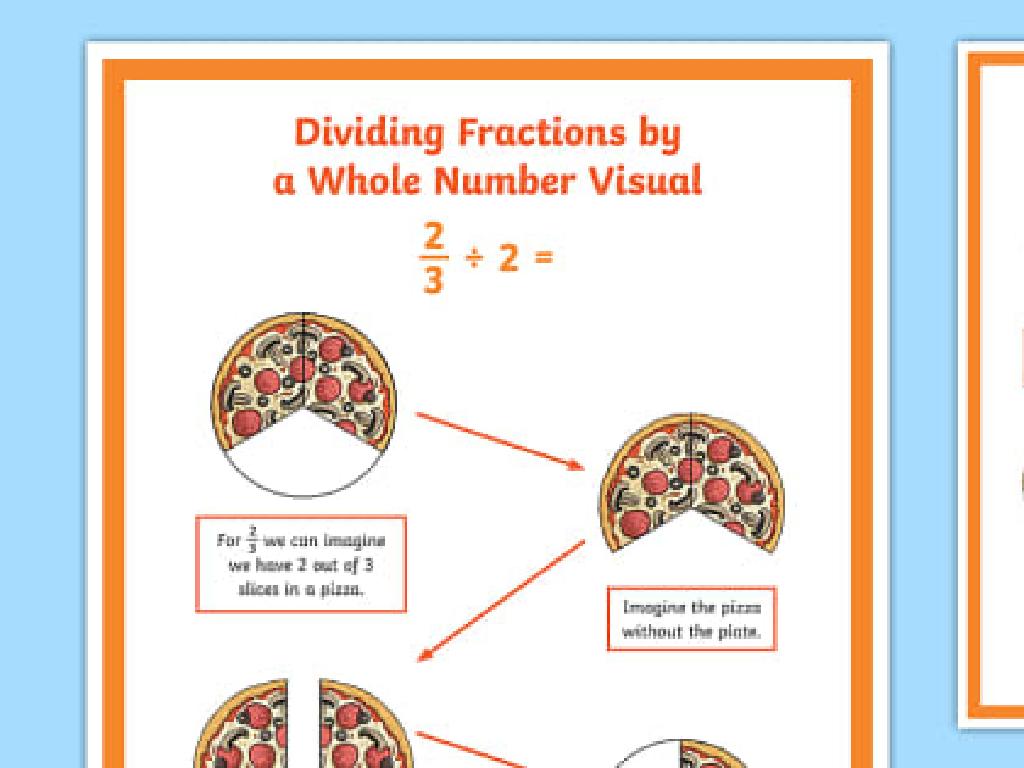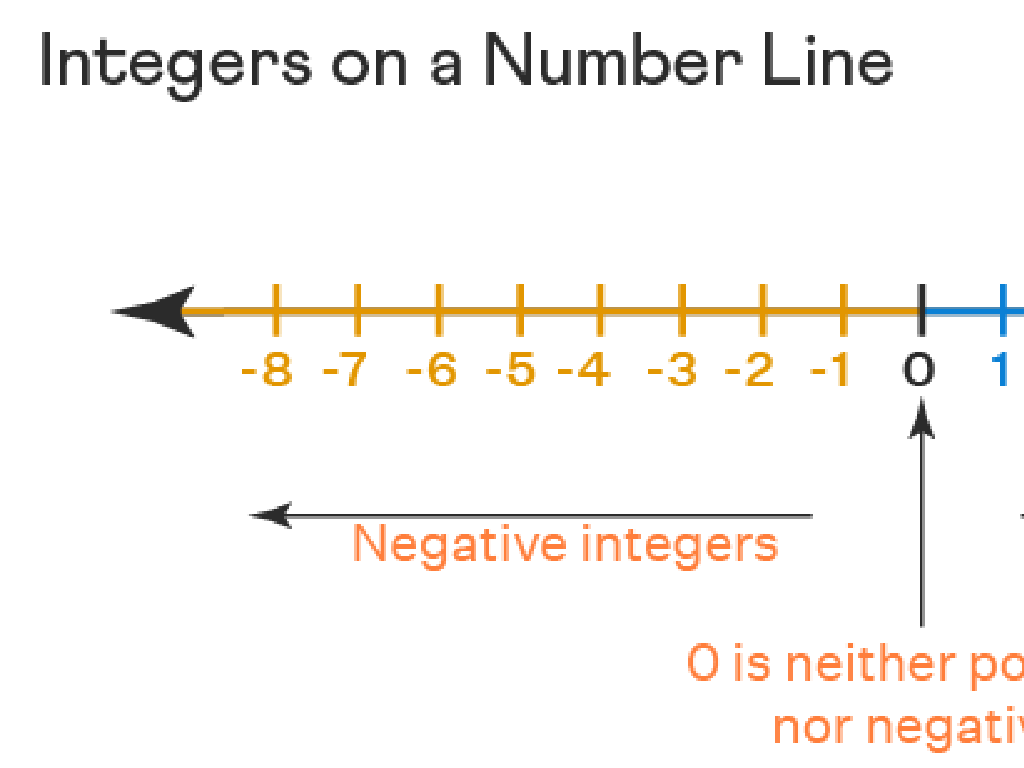Commas With Direct Addresses, Introductory Words, Interjections, And Interrupters
Subject: Language arts
Grade: Eighth grade
Topic: Commas
Please LOG IN to download the presentation. Access is available to registered users only.
View More Content
Mastering Commas in Language Arts
– Commas clarify direct addresses
– Use commas to directly address someone, e.g., ‘Wait, John, be careful!’
– Commas set off introductory words
– Introductory words like ‘however’ or ‘yes’ are often followed by a comma.
– Commas with interjections
– Express emotion with interjections followed by commas, e.g., ‘Wow, that s amazing!’
– Commas and interrupters in sentences
– Interrupters, like ‘on the other hand’, are set apart by commas in a sentence.
|
This slide introduces the importance of commas in writing, focusing on their use in direct addresses, introductory words, interjections, and interrupters. Emphasize that commas are not just marks on a page but powerful tools that help us communicate more clearly. They prevent misreading and ensure that the intended meaning is conveyed. Provide examples for each case and encourage students to create sentences that incorporate these comma rules. Discuss how omitting commas can change the meaning of a sentence and lead to confusion. This will help students appreciate the value of punctuation in their writing.
Commas in Direct Addresses
– Understanding Direct Address
– A direct address calls someone’s attention in conversation.
– Commas Indicate the Listener
– Place a comma before or after the name to show who is being spoken to.
– Examples of Direct Address
– ‘Mom, can I go out to play?’, ‘Mr. Smith, please open the door.’
|
This slide introduces the concept of direct address in sentences, where the speaker is directly calling upon someone by name or title. Emphasize the importance of using commas to clearly indicate who is being addressed, which helps avoid confusion in both written and spoken communication. Provide the examples given to illustrate how commas can change the meaning of a sentence and how they serve to clarify to whom the speaker is talking. Encourage students to practice by writing their own sentences using direct addresses and to share them with the class for further discussion.
Commas and Introductory Words
– Understanding introductory words
– Introductory words like ‘Yes’ and ‘Well’ set the stage for what’s coming next.
– The role of commas after introductions
– Commas after introductory words signal a pause to the reader, preparing them for the main message.
– Examples of introductory words
– ‘Yes, I will be there.’, ‘Well, it’s about time we started.’ show how commas affect readability.
– Practice with introductory commas
|
This slide introduces the concept of using commas after introductory words, which are often adverbs or interjections that lead into the main sentence. It’s crucial for students to understand that these commas are not just arbitrary marks but serve a purpose in writing: they create a pause that helps to set the tone or mood and separates the introductory word from the main sentence, enhancing clarity. Provide examples and encourage students to come up with their own sentences using introductory words followed by commas. This will help them see how punctuation can change the rhythm and meaning of their writing.
Expressing Emotion: Using Interjections
– Interjections show strong emotion
– Words like ‘Wow’ and ‘Oh’ express surprise or emotion
– Use a comma after mild interjections
– In sentences, ‘Oh, I see’ or ‘Wow, that s great!’ use commas for a natural pause
– Examples of interjections with commas
– ‘Wow, that’s amazing!’, ‘Oh, I didn’t realize you were here.’
|
This slide focuses on the role of interjections in expressing emotions and how they are punctuated in sentences. Interjections are words or phrases that express strong emotion or surprise and are often followed by an exclamation point or a comma, depending on the intensity of the emotion. When the emotion is less intense, a comma is used to separate the interjection from the rest of the sentence. Provide students with examples and have them practice punctuating sentences with interjections. Encourage them to think of other interjections they might use in their writing and how they would punctuate them. This will help them understand the importance of correct punctuation in conveying tone and emotion in their writing.
Commas and Interrupters: Breaking the Flow
– Understanding interrupters in sentences
– Interrupters are phrases that break the flow of a sentence to add emphasis or information.
– Commas to set off interrupters
– Use commas before and after interrupters to clearly separate them from the rest of the sentence.
– Example: Surprising condition of the car
– ‘The car, surprisingly, was still in good condition.’ shows how the interrupter adds a tone of surprise.
– Example: Brother’s differing opinion
– ‘My brother, on the other hand, didn’t agree with the plan.’ contrasts the brother’s opinion with another view.
|
This slide focuses on the concept of interrupters in sentences, which are used to insert additional information or add emphasis, often changing the tone or direction of the original statement. Teach students to recognize these phrases and how to properly punctuate them with commas to maintain clarity in writing. The provided examples illustrate common uses of interrupters and the effect they have on sentence structure. Encourage students to practice by creating sentences with interrupters and correctly placing commas. Discuss how interrupters can change the nuance of a sentence and why writers might choose to use them.
Let’s Practice Using Commas!
– Identify direct addresses in sentences
– Direct address: speaking to someone directly, e.g., ‘Mark, did you see that?’
– Find introductory words and interjections
– Introductory words like ‘Well’ or ‘Yes’, and interjections like ‘Wow!’ need commas.
– Spot interrupters in sentence structure
– Interrupters break the flow of a sentence, e.g., ‘The car, surprisingly, was red.’
– Add commas correctly and share results
|
This slide is for a class activity focused on applying knowledge of comma usage. Students will practice identifying direct addresses, introductory words, interjections, and interrupters in sentences. They will then add commas to these sentences where necessary. After completing the exercise, students will share their answers with the class for discussion and review. The teacher should prepare sentences lacking commas for the students to correct, and ensure that there are a variety of examples to cover each case of comma usage. Encourage students to explain why they placed commas where they did to reinforce the rules.
Class Activity: Comma Hunt
– Pair up and find comma examples
– Mark sentences with commas
– Identify the comma’s role
– Direct address, introductory words, interjections, or interrupters
– Present findings to the class
|
This activity is designed to reinforce the students’ understanding of the use of commas in direct addresses, introductory words, interjections, and interrupters. Students will work in pairs to encourage collaboration. They should look for sentences in books that contain commas and mark them. Then, they need to determine why the comma was used: is it for a direct address, an introductory word, an interjection, or an interrupter? After the hunt, each pair will present their findings to the class, explaining the function of the commas in their sentences. This will help students learn from each other and gain a practical understanding of comma usage. Possible variations of the activity could include finding examples in magazines, online articles, or having students write their own sentences using commas correctly.
Wrapping Up: Commas and Their Importance
– Recap of comma rules
– Why commas matter
– Commas can change meaning, making clarity in writing.
– Homework: Craft a story
– Write a short story using commas for direct address, introductory elements, interjections, and interrupters.
– Incorporate today’s lessons
– Ensure the story demonstrates understanding of the comma rules discussed.
|
As we conclude today’s lesson, it’s crucial to reinforce the comma rules we’ve learned, emphasizing their role in the clarity and meaning of our writing. For homework, students are tasked with writing a short story that incorporates commas for direct addresses, introductory words, interjections, and interrupters. This will help them apply what they’ve learned in a creative context. Encourage students to be imaginative but also mindful of the comma rules. Provide examples of how commas can alter meaning, such as ‘Let’s eat, Grandma!’ versus ‘Let’s eat Grandma!’ to illustrate the importance of correct comma usage. The homework will serve as a practical application of their knowledge and will be shared in the next class for further discussion and feedback.






